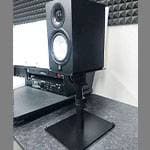When practicing guitar or bass, tuning is likely the first thing you do, but are you actually tuning correctly?
During lessons, I often notice that students' instruments are out of tune and point it out to them. Some students even tune using incorrect methods. Based on these experiences, I decided to write this column about tuning.
Tuning by Ear? Or Using a Tuner?
There are two ways to tune: by ear or by using a tuner. As long as the pitch is correct, either method is fine, but personally, I strongly recommend using a tuner.
With a tuner, you can visually check the precise pitch, and even in noisy environments like studios, you can tune quickly and accurately.
Types of Tuners
There are mainly two types of tuners: “pedal type” and “clip-on type.” Let’s take a look at the good and bad points of both.
Pedal Tuners
| Item | Content |
|---|---|
| Good points |
|
| Bad points |
|
Clip-on tuners
| Item | Content |
|---|---|
| Good points |
|
| Bad points |
|
Mode Settings (Chromatic Mode)
Many tuners come equipped with modes tailored to specific instruments, such as “guitar mode” or “bass mode.” However, I personally recommend using “chromatic mode,” which displays note names. The reason is that in instrument-specific modes, the tuner may display string numbers instead of actual note names, making it harder to know which pitch you’re actually playing.
It does take a bit of getting used to, but being able to tune in chromatic mode gives you more flexibility and will be useful in the long run.
Hertz (Hz) Setting
Many tuners allow you to set the frequency of the reference pitch (A). A standard pitch= 440 Hz.
In pop music, A may be set to 441 Hz, or to 442 Hz when tuning with wind instruments, but generally, A at 440 Hz is perfectly fine.
Occasionally, the setting button might be pressed by mistake, changing it away from 440 Hz, so it’s a good idea to double-check it once in a while.
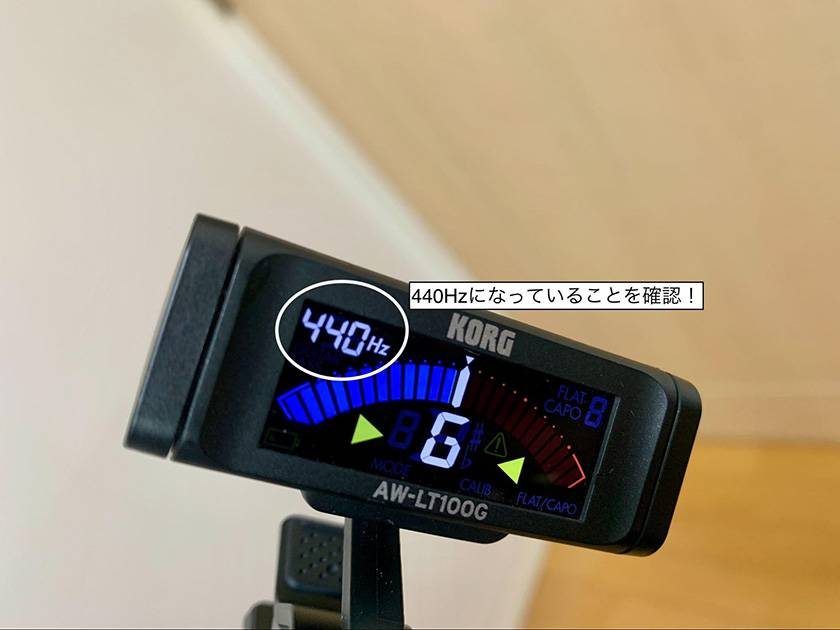
Tuning Slowly and Carefully
Once you’ve finished setting up your tuner, let’s start the actual tuning. The important thing here is to do it slowly and carefully.
Some people repeatedly pluck the strings with a pick while tuning, but that won’t allow you to tune the pitch accurately.
Right after plucking with a pick, the sound tends to be slightly sharp (#), so pluck the string once and then tune when the sound has settled.
Tune from “Below” the Pitch
Some people loosen the tuning peg until the pitch reaches the desired note when the pitch is too high, and then stop. But, this method causes the tuning to go out quickly.
Loosen the peg past the target pitch to a slightly lower note first, then tighten the peg to raise the pitch and match it. This is the key to keeping your tuning stable.
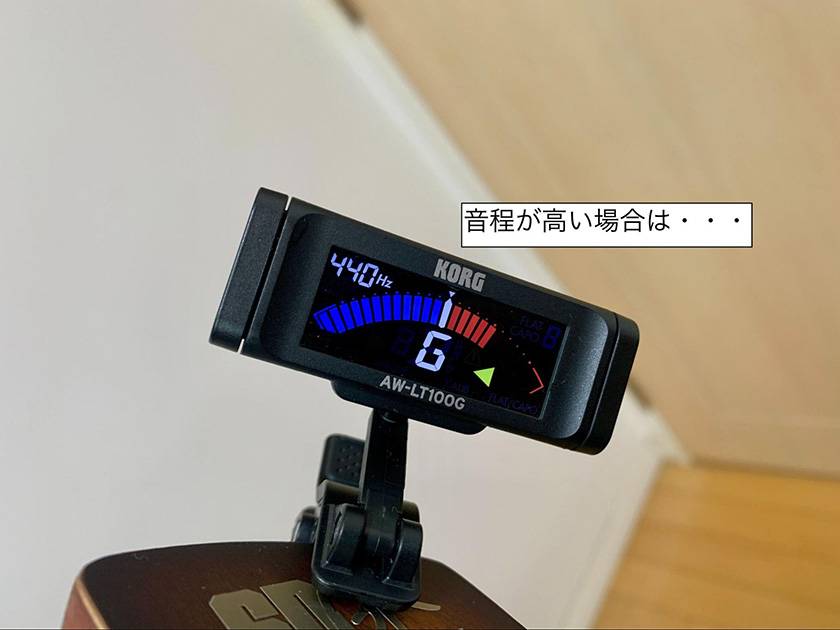
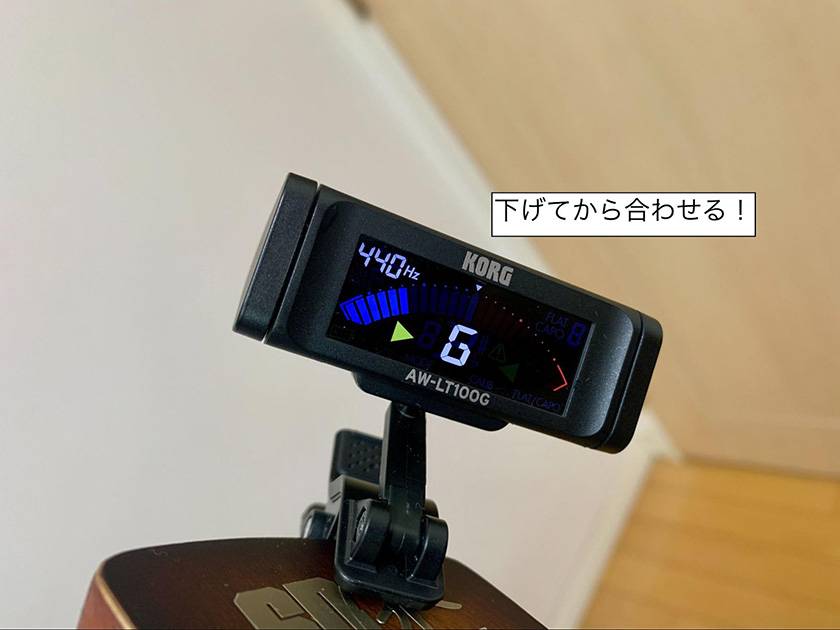
It’s Important to Repeat Tuning
Even after tuning all the strings, you’re not finished yet. Check the tuning again from the first string in order.
Due to the structure of guitars and basses, it’s rare for all strings to be perfectly in tune on the first try. Repeating the process several times helps stabilize the tuning.
Check Frequently During Practice
Strings can stretch while playing, causing the tuning to shift.
For beginners who might not easily notice pitch shifts, it’s ideal to check the tuning about every 30 minutes. Make it a habit to check tuning frequently during practice.
What if the Tuner Shows Correct Pitch, but the Sound is Off?
Sometimes when you press a chord, it sounds out of tune even though the tuner shows it’s in tune. In such cases, the cause might be octave tuning.
I’ll explain this method in detail below:
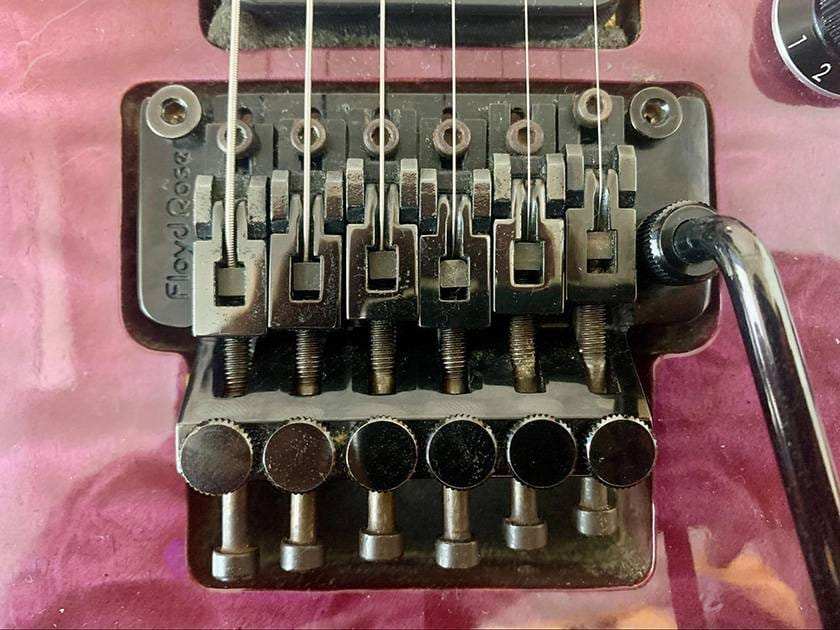
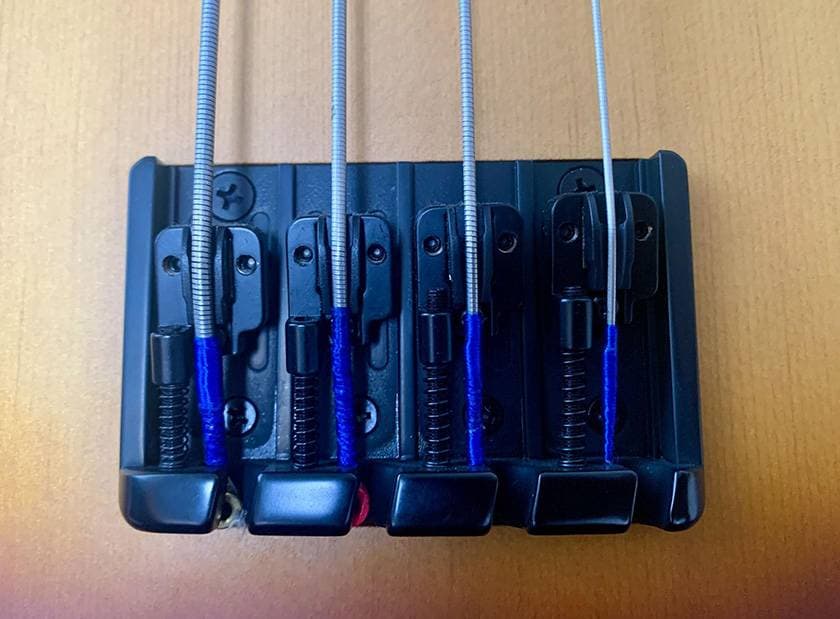
If Octave Tuning Is Correct, the Saddle Should Be Stepped (Except for Some Cases)
Also, if the octave tuning is correct but the sound still feels off, the way you press the strings might be the problem.
Pressing the strings too hard makes the pitch sharp (#), and shifting your fingers toward the saddle or nut also changes the pitch. A tense form causes hand fatigue and unstable pitch, so if you’re concerned about the pitch when holding chords, I recommend taking a good look at your form.
My Recommended Tuners — Top 3 Picks
TC ELECTRONIC / PolyTune Clip Clip Tuner
Despite being a clip-on, it’s highly accurate. It picks up low tones well, so I also recommend it for bass and multi-string guitars.
The Classic TU-3 Waza Craft Version.
Equipped with high visibility and a high-performance buffer that prevents sound quality degradation.
This one is not only high-performance, but it also features customizable standby screens. Add your favorite image to boost motivation!
Summary
Tuning is the most basic yet very important task when playing guitar or bass.
Learning to carefully tune your guitar every day is the surest shortcut to improvement.
Going from “somewhat in tune” to “properly in tune” — starting today, let’s review your tuning habits!
The “sound & person” column is made up of contributions from you.
For details about contributing, click here.





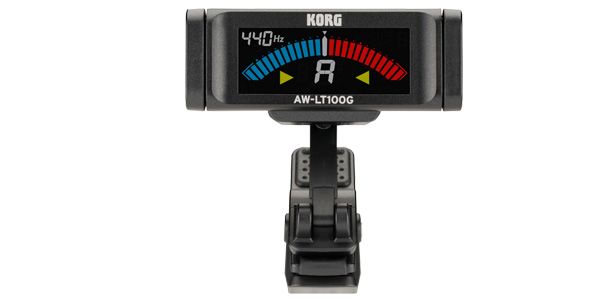

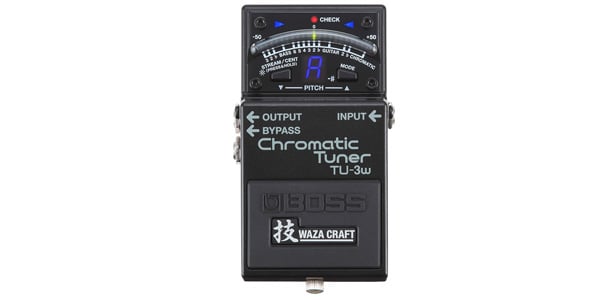
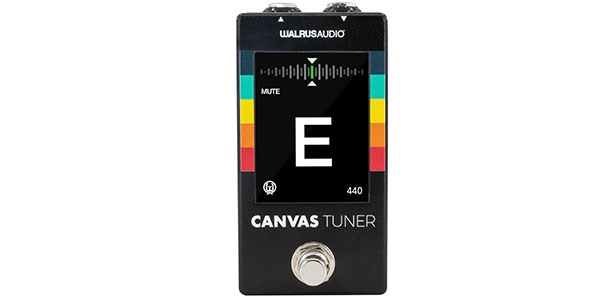










![[Guitar Mastery Guide] Essential Tools for Playing Electric Guitar](/contents/uploads/thumbs/5/2022/2/20220228_5_16889_1.jpg)
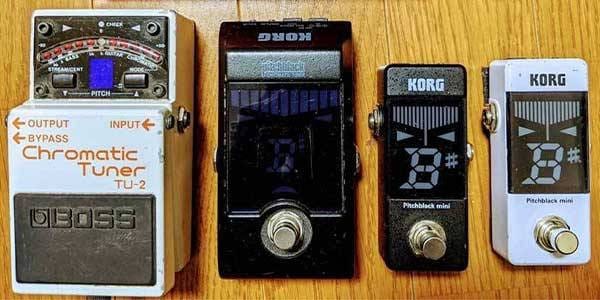
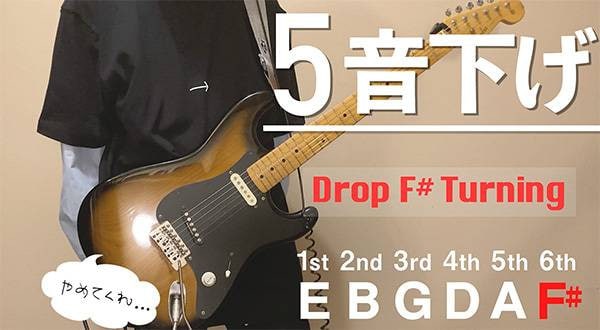
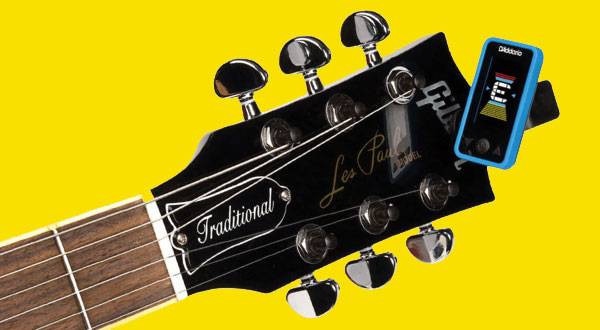
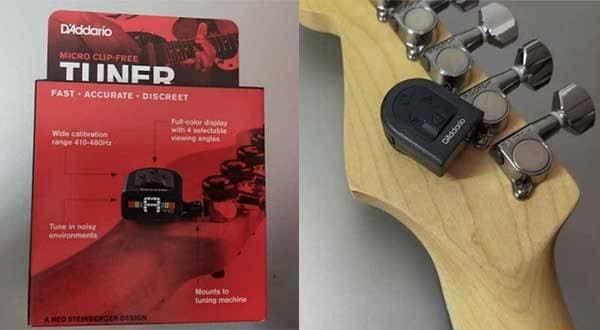

 オクターブチューニングの方法
オクターブチューニングの方法
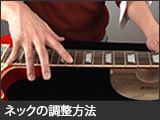 ネックの調整方法
ネックの調整方法
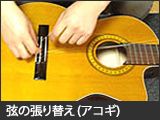 弦の張り替え(アコースティックギター)
弦の張り替え(アコースティックギター)
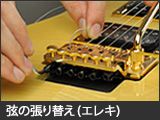 弦の張り替え(エレキギター)
弦の張り替え(エレキギター)
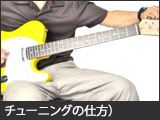 音を合わせる(チューニングの方法)
音を合わせる(チューニングの方法)
 エフェクターの種類
エフェクターの種類








